Dangerous hits to the head
It is a contact sport that is played at high speed within the dimensions of an ice surface. And it seems the higher the level, the more danger there is of suffering a head injury. To be sure, concussions — and symptoms of them — are a concerning part of, in this instance, junior hockey.
Injury is a part of hockey. No matter the number of safety steps that are taken and regardless of rules being enforced, injuries will remain a part of the game.
Having said that, accidental injuries are one thing. They can be tolerated as part of the game and part of the risk that a player (and his parents) take when signing up to play hockey.
Intent to injure is another matter. Intent to injure by checking an opposing player with a hit to the head is a matter that is all the more serious.
In the Ontario Hockey League, long-time commissioner David Branch has earned a well-deserved reputation as a crusader against violence in the sport. Time and time again, Branch — who is also the president of the Canadian Hockey League and arguably the most powerful man in the junior game — has meted out lengthy suspensions to players penalized for checking to the head.
Some players get the message. Some players don’t. But when there are lawyers involved and underlying factors that exist, there may be a limit to what a guy like Branch can do in the name of player safety.
Not that Branch hasn’t done his part to make the game safe. The records and the facts certainly indicate that player safety is high on the Branch priority list.
But in general, perhaps more can be done by Hockey Canada and its subsidiary branches to make even stronger statements when it comes to protecting players and punishing those who become repeat offenders by their own free will.
Again, an accident is one thing. An intentional hit to the head that causes major injury — as in a concussion — is a serious issue.
Let us take the case of Evan Krassey, a 6-foot-2, 200-pound forward with a 1998 birth date who plays for the Rayside-Balfour Canadians of the Northern Ontario Jr. Hockey League.
Just recently — on March 7 to be exact — Krassey was assessed a 10-game suspension by NOJHL commissioner Robert Mazzuca for a check to the head of Camaryn Baber that caused injury to the Soo Thunderbirds 5-foot-10, 180-pound, rookie with a 2001 birth date. (Note that Baber, who is a top prospect of the Saginaw Spirit of the Ontario Hockey League, is three full years younger than Krassey.)
At any rate, Krassey received the 10-game suspension as a repeat offender. A repeat offender with a very recent past for similar infractions.
Earlier this season — on November 30, to be exact — Krassey received a two-game suspension for a check to the head of an opposing player.
Then, just over two weeks later — on December 14, to be exact — Krassey received a three-game suspension for yet another check to the head of an opposing player.
Now, three months later, Krassey is serving his third suspension of the season for a hit to the head of an opposing player. In this instance, Baber, the injured player, received a concussion and has had to miss several games since.
This is just an example of one player engaging in the dangerous practice of checking to the head. And this case, the player in question is a three-time, repeat offender.
As a reminder of how much damage a concussion can do to the health of a person, in this case a junior hockey player, let it be noted that there can be lasting effects of such injuries, some of which are not fully realized until the brain completes its maturation.
To be sure, there are many, many instances in which physicians are often called upon to assess hockey associated, traumatic brain injury and to counsel players and their parents about a subsequent return to play.
As for hockey players who actually cause such injuries, perhaps they could use a harsh lesson in what their intent to injure actions could lead to.
According to the Ontario Neurotrauma Foundation — and by medical definition — concussions can range from a brief period of neural dysfunction to loss of consciousness and amnesia. There may be headache, cognitive, memory and executive-function disturbances, visual abnormalities and motor and sensory changes.
As well, permanent electro-physiological changes in brain function have been observed in injured junior hockey players who had recovered and returned to play.
So, maybe, just maybe, any player who is intent on causing an injury to an opponent might want to think long and hard about what his actions can do to another.
And maybe the junior hockey leagues should consider a permanent banning of players who are repeat offenders for deliberate actions that can lead to serious, lasting injury.
Sometimes, simple words such as this need to be heeded: Enough is enough.

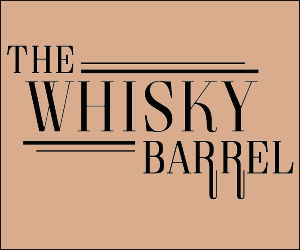

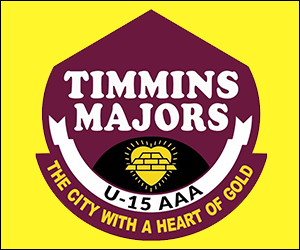

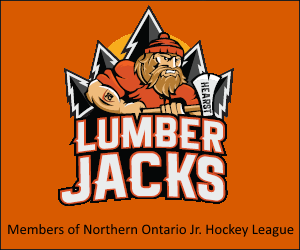







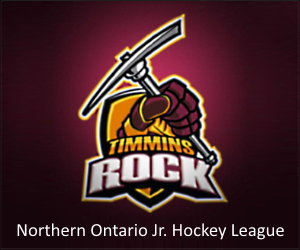




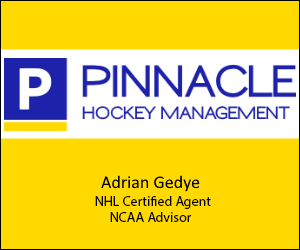




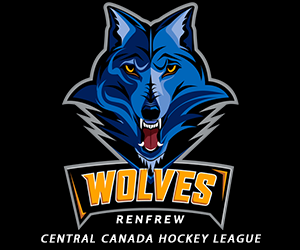

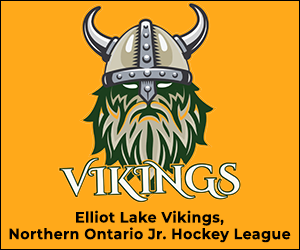
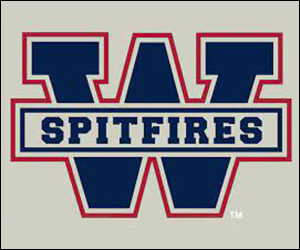

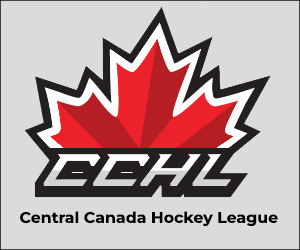
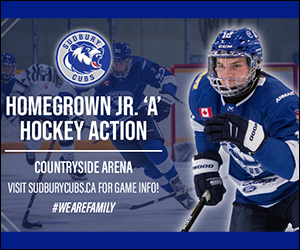


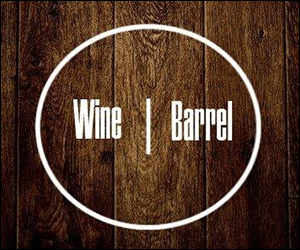
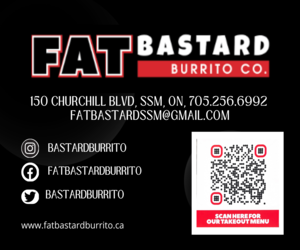



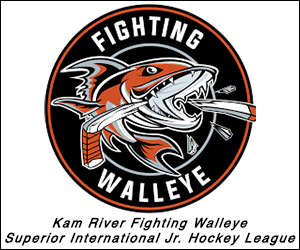

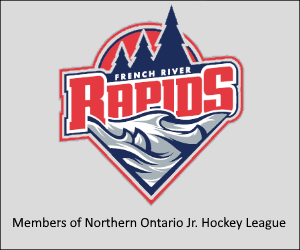




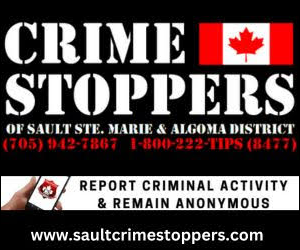


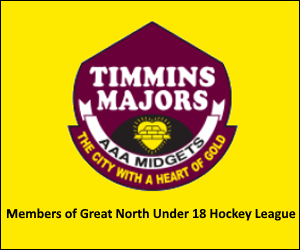

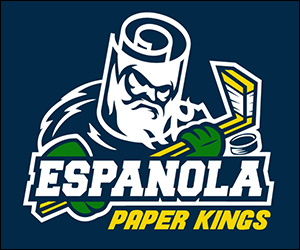


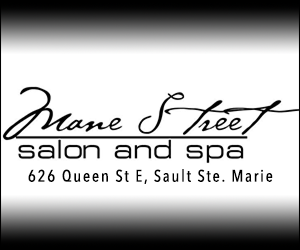




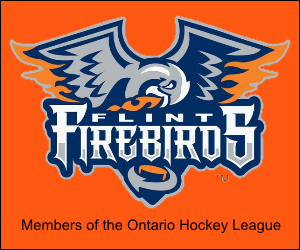

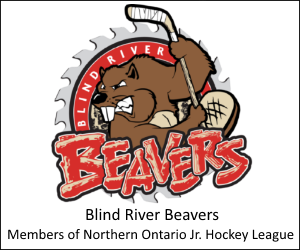






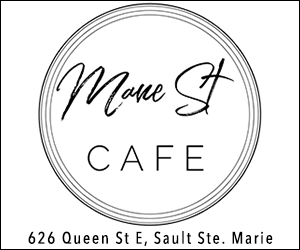







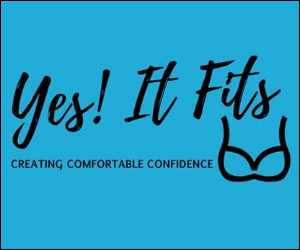




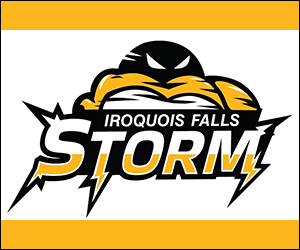


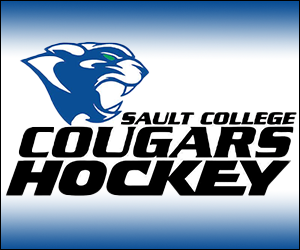


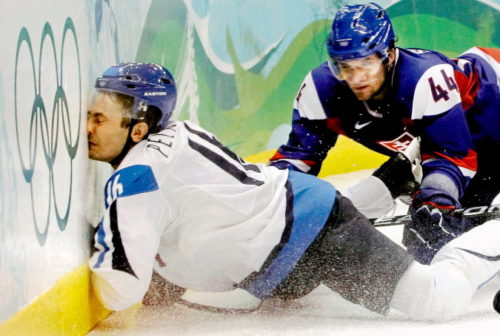
A stiffer penalty should be handed out for the first head shot and a fine to the team. . Still dont help the player that has the head injury . There seams to be no respect for some players towards each other.
Intentional head trauma … a person doing that repeatedly and intentionally is a danger and really adds nothing to the game. The game can be played without that hit. In my eyes it’s nothing more than assault and of course should be addressed with progressive discipline.
I sure agree that a repeat offender of head shots should not be allowed back onto the ice. What will it take, a player to have a broken neck and paralyzed to get these type of players out of the game. What about the coaches responsibility for these players. A coach can receive a suspension for a player starting a fight at a faceoff but a coach who constantly allows his player to be vicious is not held accountable. Something is very wrong with this picture. A rule change is in order.
Precisely…”enough is enough”. As they say in baseball, …”you’re out”
If Mazzuca wanted to send a message to the rank-and-file: Don’t do anything on the ice that you wouldn’t do on the street.